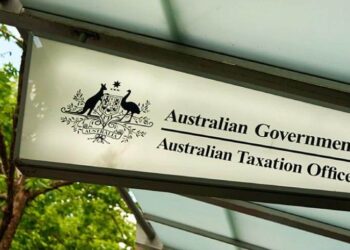In a new white paper, Compliance Myths About Digital Advice, Ignition Advice head Craig Keary said a common perception in the financial services sector that digital advice does not meet the compliance requirements of local regulators is not true and that, in fact, there are clear guidelines for it.
The reality is that there are clear guidelines allowing institutions to provide compliant digital advice.
“There is a real desire by all parties to lower the cost of advice and to make advice more accessible for Australians. To deliver on this, advice needs to be delivered at scale and complement the face-to face comprehensive advice model. Digital advice can be part of the solution,” he said.
“However, in our conversations with institutions about the role of digital advice, it became increasingly clear to us that there is confusion about how to successfully navigate the compliance considerations when offering digital advice solutions to their customers.
“Our own research has shown that digital advice is well and truly possible right now within the letter of the law and indeed is supported by ASIC, particularly when it comes to single-issue advice. For institutions, there is a clear, logical and well-guided path to delivering digital advice compliantly.”
Mr Keary said there are three main myths about compliant digital financial advice.
“The first myth is that ASIC is not supportive of digital financial advice solutions and, in particular, single issue advice. However, the reality is that scaled advice is permitted by law and indeed is encouraged by ASIC.
“ASIC has provided considerable guidance on how to provide single or limited issue advice, and that guidance is appropriate whether the solution is human or digital.
“According to ASIC, the same rules apply to all personal advice on a particular topic, whether it is comprehensive or limited in scope. However, what must be done to meet the legal requirements, including the best interests duty and related obligations, can be ‘scaled up’ or ‘scaled down’ depending on the nature of the advice,” Mr Keary said.
The second myth is to do with whether institutions are able to recommend their own products to their customers.
“The concerns about recommending in-house products seems to have arisen out of the second ‘safe harbour’ test in the Future of Financial Advice reforms, which requires advisers to conduct a reasonable investigation into which financial products might achieve the customer’s objectives.
“However, ASIC has issued guidance that product providers can reliably follow to deliver single issue personal advice on their own products.
“The ‘scope of advice must be understood and agreed’ obligation is different for product providers who offer personal advice on their own products, particularly when provided digitally.
“The regulator also states that APLs can be limited and may be restricted to a class of product or in-house products. This is very suitable to a digital advice solution which can triage customers out of the advice process if a more in-depth or complex approach is required,” Mr Keary said.
The third myth is to do with the best interests duty and whether a technology-based approach can meet this requirement.
“The industry tends to think of robo-advice and digital advice interchangeably, and it is hard to align a robo-advice solution with the complexities of personal financial advice and best interests duty, so many institutions believe it’s not possible.
“But digital advice has evolved to a point where it can fully satisfy the best interests duty. Unlike robo-advice, it is not limited to investments and has in-built compliance and safeguards to quickly and easily identify when customers are not suited to automated advice – either because of affordability, suitability, or complexity.
“We believe that properly developed and implemented digital advice can, in fact, help institutions meet their compliance requirements. And institutions that recognise the intrinsic value that digital advice solutions can bring will reap the rewards of reduced operational and regulatory risk, and less time and cost spent on compliance. Ultimately, digital advice helps more people access affordable, flexible, and high-quality advice when they need it most – closing the advice gap and increasing societal financial wellbeing.”


